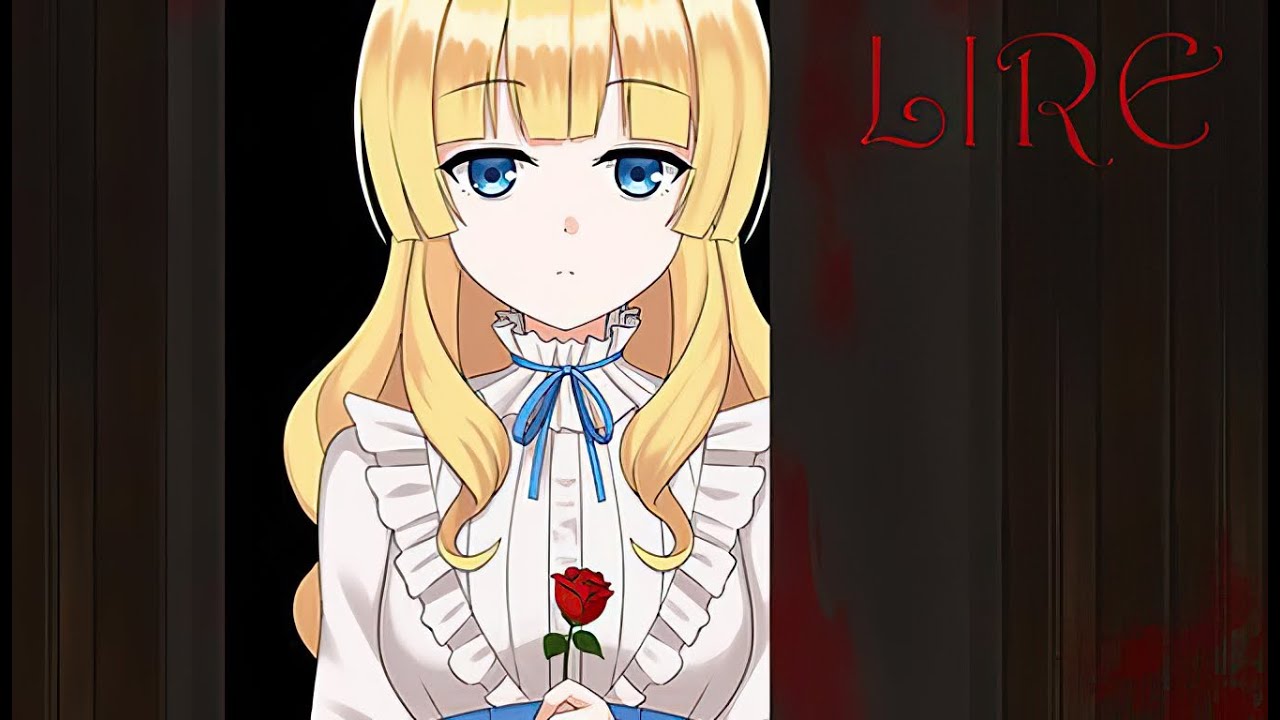Have you ever felt a sudden burst of happiness when someone playfully teased you? That’s because teasing is not just about provoking laughter, but also about building a deeper connection.
Welcome to the world of playful teasing, where humor becomes an art form that enhances our connections with others. From the innocent giggles of infants engaging in pretend play to the mischievous banter between friends, teasing holds the power to unlock hidden emotions and create bonds that go beyond surface-level interactions.
Join us on a playful journey as we unravel the secrets of teasing and discover how it can transform our relationships into something truly extraordinary.
The Role Of Playful Teasing In Enhancing Connection And Humor
In the realm of human interaction, there exists a delightful art form known as playful teasing. This unique form of communication involves distorting or modifying the meaning of acts to provoke emotional reactions in others.
Unlike its more malicious counterpart, playful teasing exists solely for the purpose of creating a lighthearted atmosphere and fostering a stronger connection between individuals through shared humor.
Playful teasing serves as a powerful tool for enhancing social bonds and fostering positive relationships. It allows individuals to engage in light-hearted banter, easing tension and breaking down barriers.
Through playful teasing, people can express their affection, build rapport, and create a sense of camaraderie. It is a form of communication that transcends language barriers and cultural differences, uniting people through the universal language of laughter.
Through playful teasing, individuals have the opportunity to showcase their creativity and wit. It requires a keen understanding of the other person’s sensibilities, allowing the teasing to be tailored to their unique personality.
This exchange of witty banter stimulates the mind, providing a mental workout that can enhance cognitive abilities such as problem-solving, quick thinking, and emotional intelligence.
Ultimately, playful teasing serves as a vital ingredient in the recipe for a successful and fulfilling relationship. It fosters emotional closeness, creates shared laughter, and strengthens the bonds between individuals.
By embracing the art of playful teasing, we can unlock a world where connection and humor reign supreme.
The Development Of Playful Teasing In Infancy
Playful teasing is not reserved solely for adults. Even in infancy, the seeds of this delightful form of communication begin to sprout.
Studies have shown that infants as young as nine months old engage in playful teasing, incorporating almost non-compliant or almost compliant acts that reference their own behavior in other situations.
At this tender age, infants are in the early stages of understanding others’ playful intentions and developing their understanding of pretend play with objects. Through playful teasing, they learn about cause and effect, as well as the power of their actions to elicit reactions from others.
The role of parents, particularly mothers, in initiating pretend play in infancy cannot be understated. Mothers play a significant role in creating a playful environment where infants can explore, experiment, and engage in humorous exchanges.
Their guidance and participation contribute immensely to the development of a child’s sense of humor and the foundation of their social interactions.
Furthermore, the presence of older siblings enhances the rate of pretend play. Joint pretending episodes with others, particularly older siblings who can model more sophisticated forms of playful teasing, have been found to be longer and more frequent.
This highlights the importance of social engagement and interaction in the development of playful teasing skills.
The Difference Between Teasing And Playfighting In Animals
While teasing and playfighting may sometimes be intertwined in animals, there are distinct differences between the two. Teasing in animals focuses more on pretend play and engaging in socio-cultural games rather than physical interaction.
It involves the use of playful gestures, vocalizations, and body language to elicit a response from others.
Unlike playfighting, teasing is a more complex form of pretend play. It requires animals to adapt their behavior to create an emotional reaction in others, challenging their cognitive abilities and understanding of social dynamics.
Playful teasing can be observed in numerous species, such as primates and dolphins, where it serves as a means of social bonding and communication.
While playfighting primarily involves physical interactions, teasing combines physical and verbal elements to create a playful and engaging interaction. It is through these acts of playful teasing that animals strengthen their social bonds and develop a deeper understanding of each other’s intentions and behaviors.
The Importance Of Engagement With Others In Pretend Play
Engagement with others plays a crucial role in the emergence of pretending and pretend play with objects. Pretending, in its various forms, requires interaction and engagement with other individuals.
It is through these engagements that infants learn about social norms, explore different roles, and develop their understanding of the world.
Research has shown that infants who lack early interpersonal connections often exhibit a dearth of pretend play. This highlights the importance of meaningful relationships in the development of social and imaginative skills.
Infants who have regular and positive interactions with familiar people are more likely to engage in pretend play, including playful teasing.
Infants become active participants in creating surprises and engaging in socio-cultural games in the early months of life. Their familiarity with people’s attitudes and reactions makes them eager to play with and test others.
Through playful interactions, they learn about the boundaries of humor, the impact of their actions, and the importance of empathy and understanding.
Exploring The Relationship Between Playful Teasing And Pretend Play
Playful teasing is distinct from other forms of pretend play because it involves the act of teasing others and cannot be performed alone. It requires two or more individuals to engage in an exchange of humorous banter, creating a playful and dynamic interaction that fosters deep connections.
In early infancy, playful pretend teasing may serve as a stepping stone for infants in learning how to pretend. By distorting or modifying the meaning of acts, infants begin to understand the power of their actions and how they can influence the emotions and reactions of others.
This paves the way for more complex forms of imaginary play and object pretend play in later stages of development.
Symbols in pretend play can arise from shared rules of object usage or from the infant’s perception of others’ orientations towards shared situations. Through playful teasing, infants gain a deeper understanding of the symbolic nature of communication and develop the cognitive skills necessary for more advanced forms of play.
In conclusion, the art of playful teasing holds immense potential for enhancing connection and humor in human relationships. From early infancy, playful teasing serves as a means of promoting social bonds, sparking laughter, and fostering cognitive development.
Through engagement with others and participation in pretend play, individuals can explore the depths of their creativity and build lasting connections. So let us embrace the art of playful teasing, and may laughter and connection be the foundation of our relationships.

